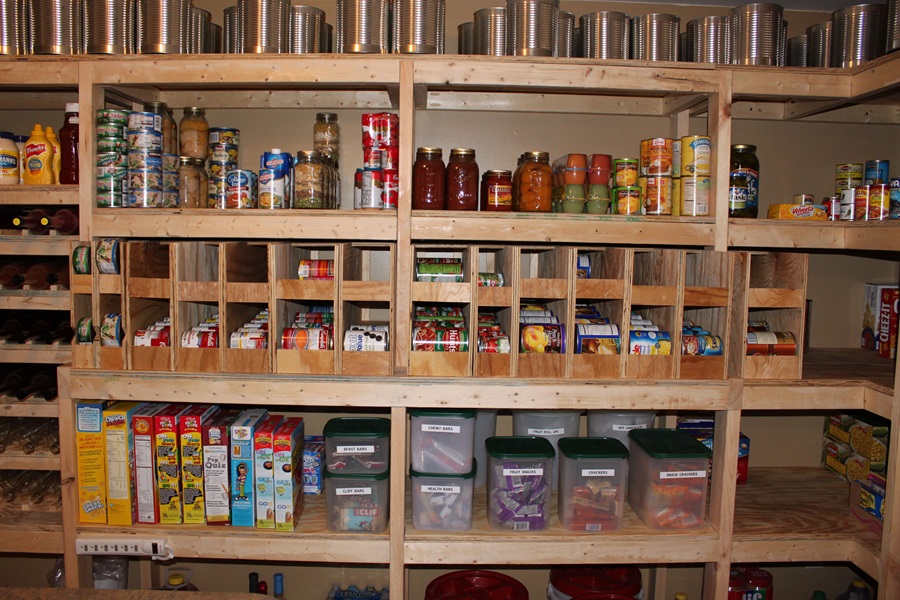Leftovers are a staple in many households, offering a convenient solution for meals throughout the week. However, not all foods maintain their quality or safety when stored and reheated. This blog post explores a variety of popular foods that are best enjoyed fresh and might not make the best leftovers. Understanding which foods to avoid reheating can help in planning meals more effectively and ensuring that every dining experience, even with leftovers, is both safe and enjoyable.
Eggs
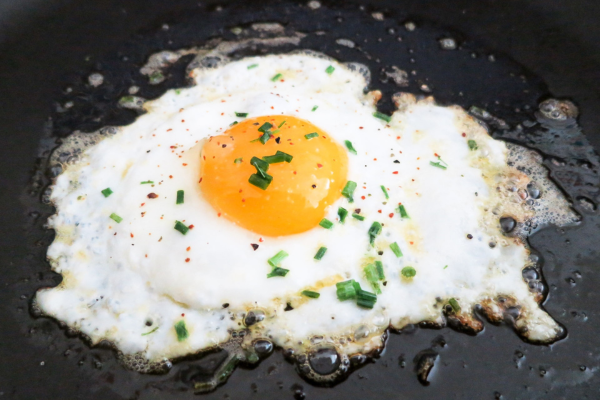
When it comes to reheating eggs, the biggest challenge is maintaining the desirable texture. Eggs, especially when scrambled or fried, tend to become rubbery or excessively dry upon reheating. This not only affects the taste but also the overall culinary experience. The delicate nature of eggs makes them particularly susceptible to textural degradation when exposed to heat for a second time, leading to a less than appetizing meal.
Moreover, eggs pose a significant risk in terms of food safety if not stored and reheated properly. They are prone to bacterial growth, especially if left at room temperature for too long or if reheated insufficiently. It’s crucial to ensure that eggs are stored at a safe temperature immediately after cooking and that they are reheated to an adequate temperature to kill any potential bacteria. However, even with these precautions, the risk often outweighs the benefits when it comes to reheating eggs.
French Fries
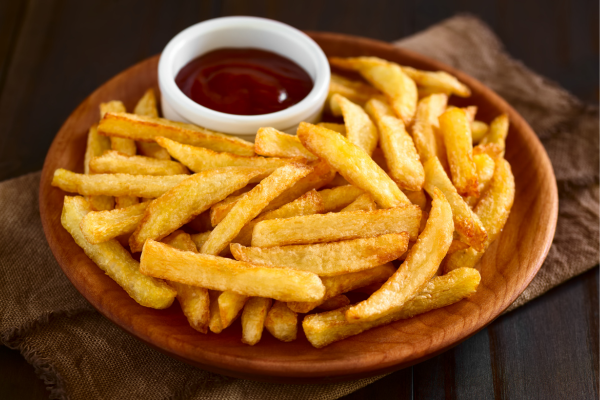
French fries are a beloved side dish, known for their crispy exterior and fluffy interior. However, once refrigerated and reheated, French fries seldom regain their original texture. The once crispy fries typically turn soggy and unappealing, a far cry from their fresh state. The process of refrigeration introduces moisture, which is further locked in during reheating, making it nearly impossible to restore the fries to their crispy glory.
The challenge with reheating French fries also lies in the inability to evenly recapture their original taste and texture. While some methods, like oven reheating, can partially restore crispness, they rarely achieve the desired effect. The reheating process tends to dry out the fries, making them tough and altering their flavor. For these reasons, French fries are best enjoyed fresh and are not the ideal candidate for leftovers.
Rice
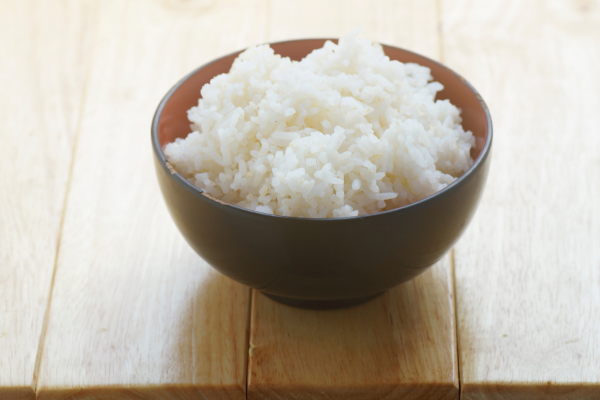
Reheating rice is not only about losing its palatable texture and taste but also involves significant health risks if not handled correctly. When rice is left at room temperature after cooking, a bacteria called Bacillus cereus can proliferate, potentially leading to food poisoning when the rice is consumed later. While refrigeration can slow down bacterial growth, it doesn’t eliminate the risk completely. Moreover, reheating doesn’t always destroy all of the bacteria, making improperly stored rice a health hazard.
In terms of quality, rice often suffers in the reheating process. It tends to become dry, losing its original moisture and fluffiness. The grains can also become hard, making the overall texture unpleasant. Some try to mitigate this by adding water before reheating, but it’s a delicate balance to maintain the rice’s texture without making it mushy. The nuances involved in reheating rice often lead to a subpar culinary experience, making fresh rice a much more appealing option.
Shrimp

Shrimp, a delicate seafood, is notorious for its tendency to become rubbery and overcooked when reheated. The narrow window between perfectly cooked and overdone shrimp makes reheating a risky endeavor. Not only does this affect the texture, but overcooked shrimp also lose much of their natural, subtle flavors, leaving a meal that is far from the initial delicate and savory experience.
Aside from the degradation in quality, reheating shrimp carries potential health risks. Seafood is particularly susceptible to bacterial growth if not stored at the right temperature. Even when stored correctly, reheating shrimp to the appropriate temperature without overcooking is challenging. The dual concern of health safety and preserving the delicate nature of shrimp often makes it a less suitable choice for leftovers.
Leafy Greens
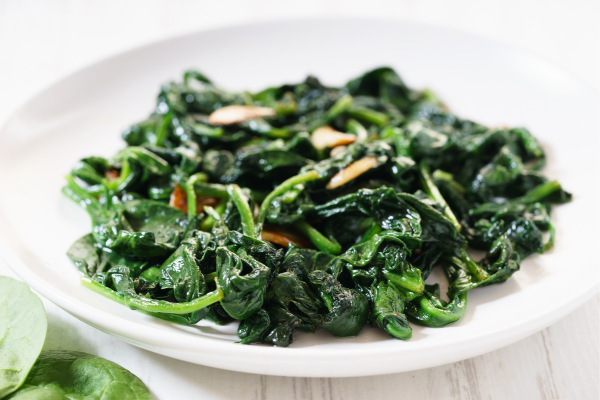
Leafy greens, when reheated, undergo significant changes that can impact both their nutritional value and texture. Greens like spinach, kale, and lettuce are known for their crispness and freshness, qualities that are severely compromised once they are subjected to reheating. The leaves often wilt, lose their vibrant color, and turn soggy, making them unappealing both visually and texturally. This transformation not only detracts from the eating experience but also makes the dish less inviting.
Nutrient loss is another concern when reheating leafy greens. These vegetables are packed with vitamins and minerals that are sensitive to heat. Reheating can cause these nutrients to break down, diminishing the health benefits that make leafy greens such a valuable part of a diet. Considering these factors, it’s clear that leafy greens are best consumed fresh, preserving their nutritional integrity and sensory qualities.
Pasta
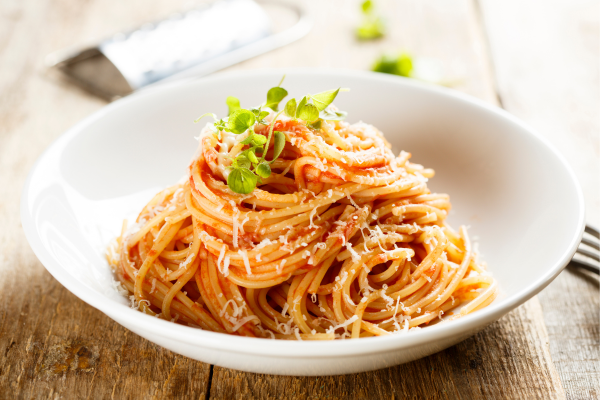
Pasta, a versatile and beloved dish, often falls short of expectations when reheated. One of the main challenges is achieving an even temperature throughout the dish without overcooking certain parts. This is especially true for pasta mixed with sauce. The edges might dry out or burn while the center remains lukewarm. Additionally, pasta absorbs sauce over time, which can lead to a mushy texture upon reheating, significantly detracting from the originally intended consistency and flavor profile of the dish.
Moreover, the delicate balance of flavors in pasta dishes can be disrupted during the reheating process. Sauces may separate or become oily, and the harmonious blend of seasonings can become muted or disjointed. These alterations can transform a once delightful dish into a disappointing meal, making pasta a dish that often doesn’t transition well into leftovers.
Fried Chicken
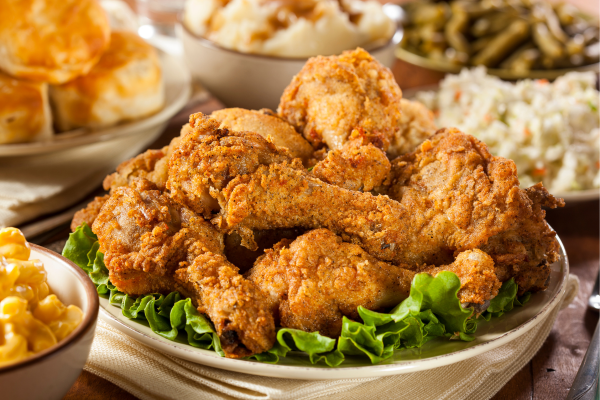
Fried chicken, with its crispy exterior and juicy interior, rarely retains its original allure when reheated. The main challenge lies in recapturing the crispness of the coating without drying out the meat. More often than not, the coating becomes soggy, losing the textural contrast that is central to the enjoyment of fried chicken. The skin, once crispy and flavorful, turns into a chewy and unappealing layer that detracts from the overall experience.
In addition to textural changes, reheated fried chicken often suffers from uneven heating. The thicker parts may remain cold while the thinner edges become overly dry. This inconsistency not only affects the pleasure of eating but can also raise concerns about the thoroughness of reheating, which is crucial to ensure the safety of consuming leftover poultry.
The Bottom Line
Leftovers offer a convenient solution for meals but choosing the right foods to reheat is crucial for ensuring both safety and quality. Foods like eggs, French fries, rice, shrimp, leafy greens, pasta, and fried chicken each present unique challenges and risks when reheated. From texture changes to nutrient loss and potential health hazards, the downsides often outweigh the convenience. To make the most of leftovers, it’s advisable to consume certain foods fresh and explore creative ways to repurpose others, ensuring every meal is both safe and satisfying.
